Rising Healthcare Expenditure
The increase in healthcare expenditure across South American countries is a significant driver for the fibroscan market. Governments and private sectors are allocating more resources to healthcare, which includes investments in advanced diagnostic technologies. For instance, countries like Brazil and Argentina have reported a rise in healthcare budgets, with a focus on improving diagnostic capabilities for chronic diseases, including liver conditions. This trend suggests that healthcare facilities are more likely to invest in fibroscan technology to enhance their diagnostic offerings. As healthcare expenditure continues to rise, the fibroscan market is expected to benefit from increased funding for medical equipment and technology, ultimately leading to improved patient outcomes and expanded access to liver health assessments.
Increasing Awareness of Liver Health
The growing awareness of liver health among the South American population is a crucial driver for the fibroscan market. Educational campaigns and health initiatives have been implemented to inform individuals about liver diseases, their risk factors, and the importance of early detection. This heightened awareness is likely to lead to increased demand for non-invasive diagnostic tools like fibroscan, which can assess liver stiffness and fibrosis. As a result, healthcare providers are expected to invest more in fibroscan technology, potentially increasing market penetration. Furthermore, studies indicate that liver disease prevalence in South America is rising, which may further amplify the need for effective diagnostic solutions. The fibroscan market is thus positioned to benefit from this trend, as more individuals seek screening and diagnostic services to monitor their liver health.
Technological Advancements in Diagnostic Tools
Technological advancements in medical devices are significantly influencing the fibroscan market in South America. Innovations in ultrasound technology and imaging techniques have enhanced the accuracy and efficiency of fibroscan devices, making them more appealing to healthcare providers. These advancements not only improve diagnostic capabilities but also reduce the time required for assessments, thereby increasing patient throughput in clinical settings. The introduction of portable and user-friendly fibroscan devices is expected to expand their use in outpatient settings and remote areas, where access to specialized healthcare may be limited. As the healthcare infrastructure in South America continues to evolve, the fibroscan market is likely to experience growth driven by these technological improvements, which may lead to a broader adoption of non-invasive liver assessment methods.
Regulatory Support for Non-Invasive Diagnostics
Regulatory support for non-invasive diagnostic methods is emerging as a key driver for the fibroscan market in South America. Health authorities are increasingly recognizing the importance of non-invasive techniques for liver assessment, which can reduce the need for more invasive procedures like biopsies. This shift in regulatory focus is likely to encourage healthcare providers to adopt fibroscan technology as a standard practice for liver disease diagnosis and monitoring. Additionally, favorable reimbursement policies for non-invasive diagnostic tests may further stimulate market growth. As regulatory frameworks evolve to support innovative diagnostic solutions, the fibroscan market is expected to thrive, providing healthcare professionals with the tools necessary to improve patient care and outcomes.
Growing Incidence of Obesity and Metabolic Disorders
The rising incidence of obesity and related metabolic disorders in South America is a critical factor driving the fibroscan market. Obesity is a known risk factor for liver diseases, including non-alcoholic fatty liver disease (NAFLD), which is becoming increasingly prevalent in the region. As the population grapples with lifestyle-related health issues, the demand for effective diagnostic tools to monitor liver health is likely to grow. Fibroscan technology offers a non-invasive solution for assessing liver stiffness, making it an attractive option for healthcare providers. The fibroscan market is thus positioned to capitalize on this trend, as more individuals seek screening and monitoring services to manage their liver health in the context of rising obesity rates.



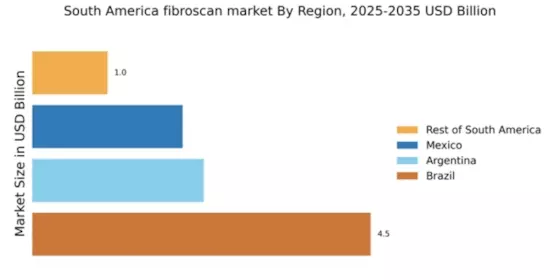

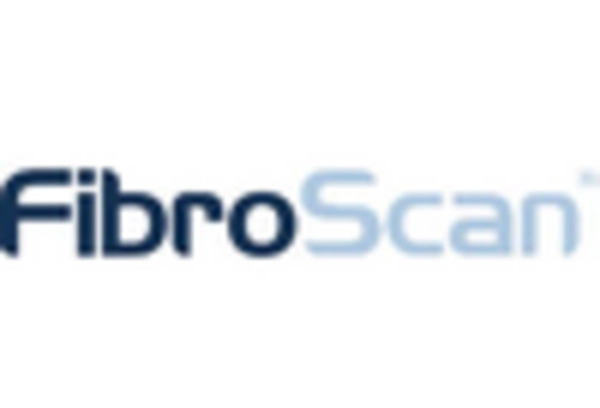
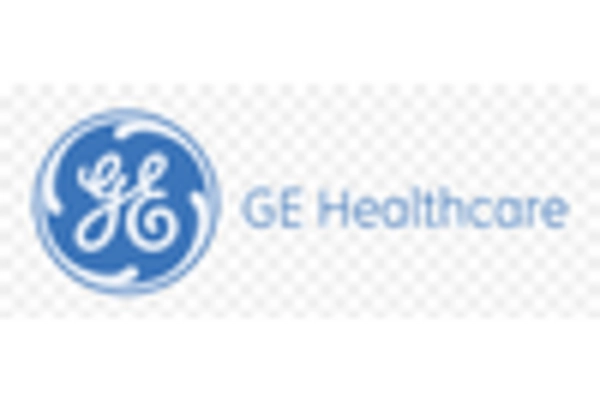

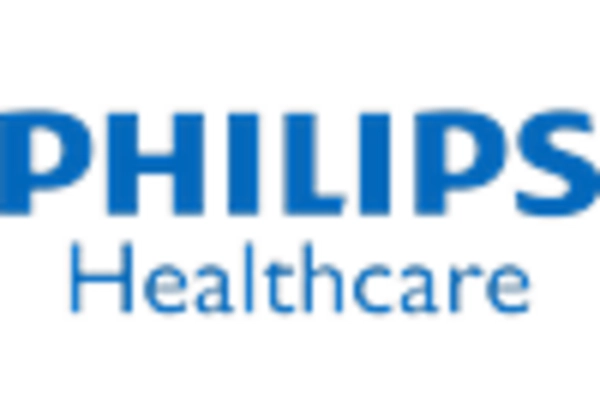
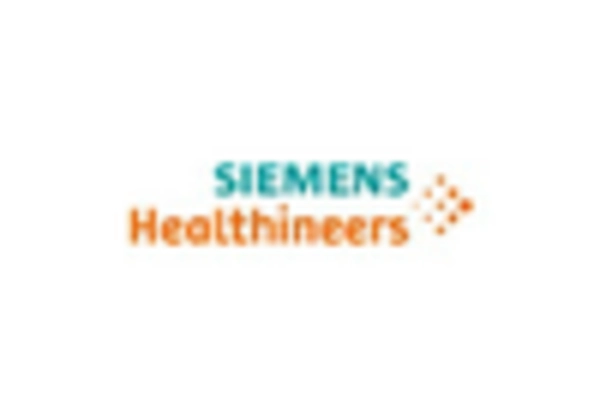








Leave a Comment